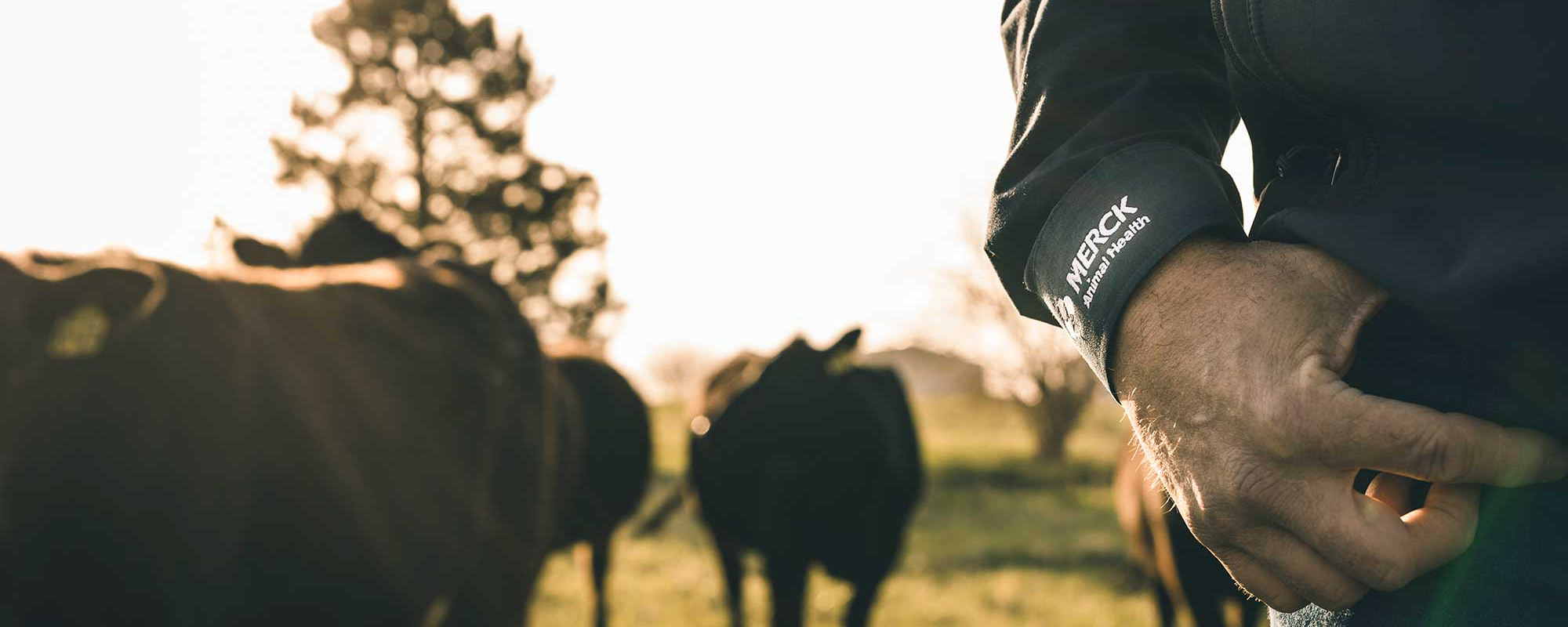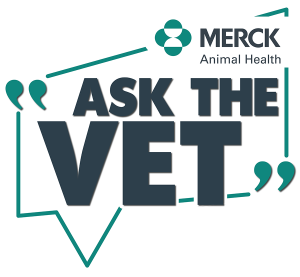

Respiratory Health
RESPIRATORY HEALTH.
YOU ASK. WE ANSWER.
We all have people we turn to with questions. At Merck Animal Health, our extensive team of cattle veterinarians are seasoned professionals with years of field practice experience.
That’s why Merck Animal Health and Angus have teamed up — to provide relevant advice and expertise. Here, Dave Sjeklocha, D.V.M., technical services veterinarian with Merck Animal Health, answers questions Angus producers have submitted about one of the most common disease hurdles — bovine respiratory disease (BRD).
Q: SHOULD I USE A NON-STEROIDAL ANTI-INFLAMMATORY (NSAID) FOR BRD?
Several questions about treatment were submitted. Merck Animal Health offers several powerful antibiotics and NSAID options, both in combination and separate, for BRD.
The benefit of using an NSAID is that it helps reduce fever due to BRD. When cattle have a fever, it commonly is accompanied by loss of appetite. Just like in humans, dehydration is a common issue when animals are sick. A calf that is dehydrated can’t work the mucus out of their lungs nearly as efficiently as a calf that is fully hydrated.
When a calf gets sick, the goal is to get it back on the road to performance as quickly as possible. Every day a calf is sick, their performance gets worse. Anything we can do to identify a sick calf early, administer the right treatment and give them a good environment is going to help them recover faster and pay dividends.
Q: HOW CAN I IDENTIFY SICK CATTLE EARLIER?
Identifying sick cattle early in the disease process is an often-difficult task, even for skilled pen riders.
Cattle are prey animals. Their natural defense mechanism is to appear healthy, even when sick. That is why a sick animal will often look alert and conceal signs of sickness if it knows it is being watched. By the time an animal appears sick, it can be several days into the disease process.
Merck Animal Health has introduced two new diagnostic technologies. SenseHub® Feedlot system is an electronic ear tag technology designed to detect sick cattle earlier and more accurately. Whisper® On Arrival helps predict which animals will benefit from treatment for the control of BRD.
Q: HOW DO I GET THE GREATEST BENEFIT FROM VACCINES?
All vaccine labels read along the lines of “Effective for the vaccination of healthy cattle against disease.” To be effective, the calf must be healthy and in a physiological state to respond to the vaccination.
When you do administer vaccines, stress can be reduced by minimizing the time calves are in the tub, alley and chute. I recommend bringing in just enough cattle at a time to keep the crew at the chute working and not have cattle standing in the tub.
Handling and storing vaccines according to label directions are important. Modified live vaccines should be used within two hours of opening.
HAVE A QUESTION?
SUBMIT YOUR QUESTION TODAY AT
Ask your veterinarian, too. Cattle recover faster and less antibiotic is required when we use the right treatment, so it’s important to work with your veterinarian and follow their protocols.

Dr. David Sjeklocha
Dave Sjeklocha, D.V.M., is a Technical Services Veterinarian for Merck Animal Health. He is a 1994 graduate of Kansas State University College of Veterinary Medicine. Before joining Merck Animal Health, he devoted the majority of his career to beef production medicine by serving as a feedyard consultant and staff veterinarian for cattle feeding operations in the high plains.
